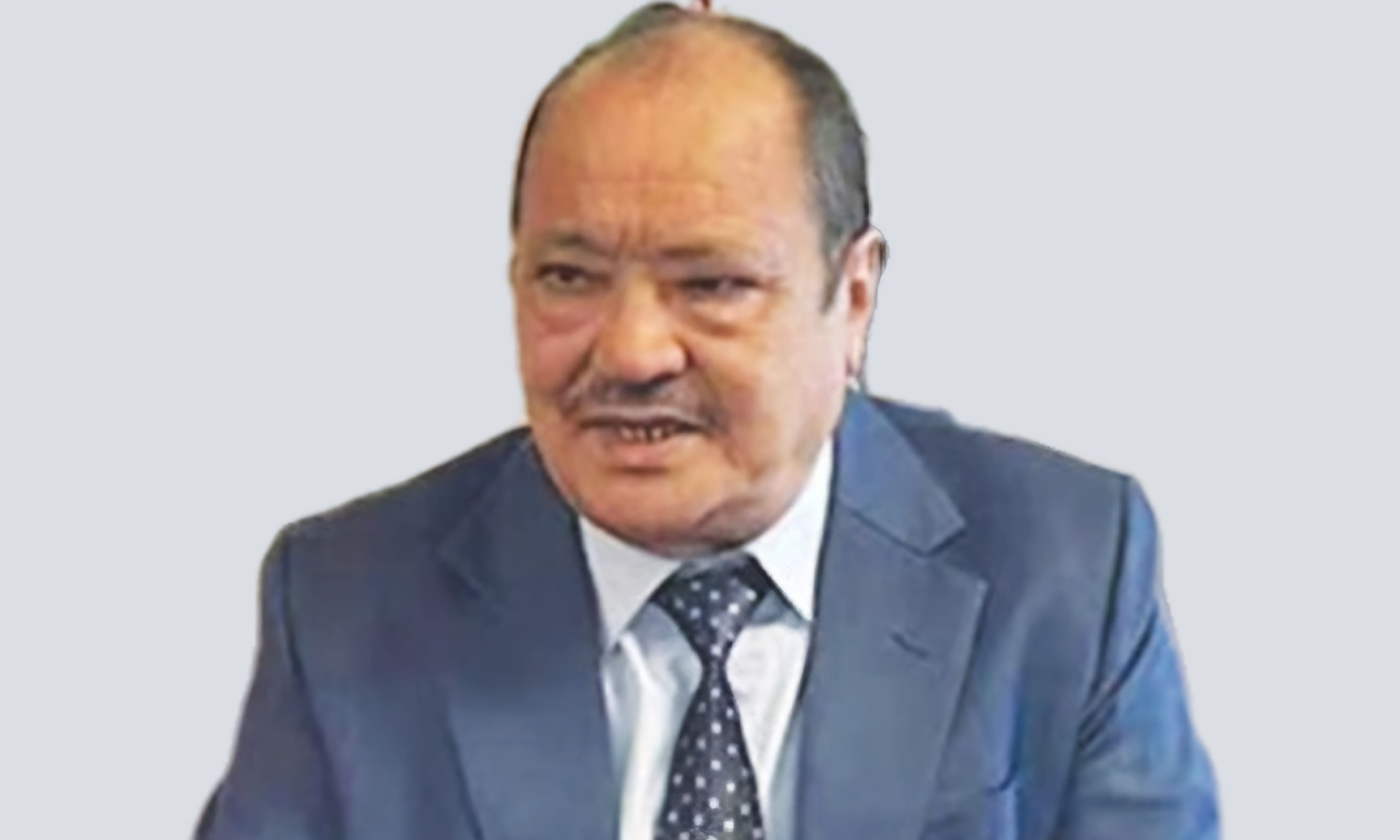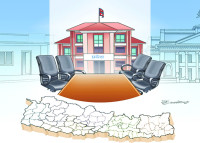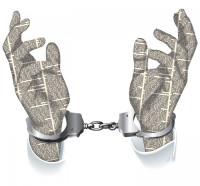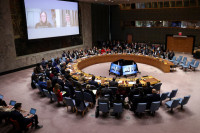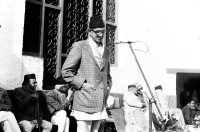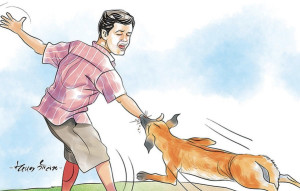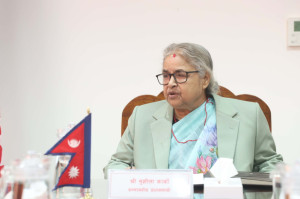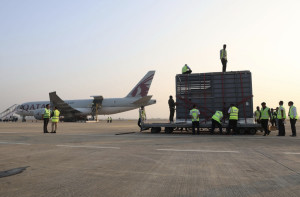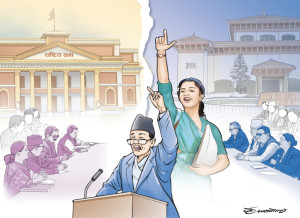Wed, Jan 7, 2026
Columns
LLDC conference and Nepal
Nepal must stand as a real leader of LLDCs at the conference and expect the same from the delegation.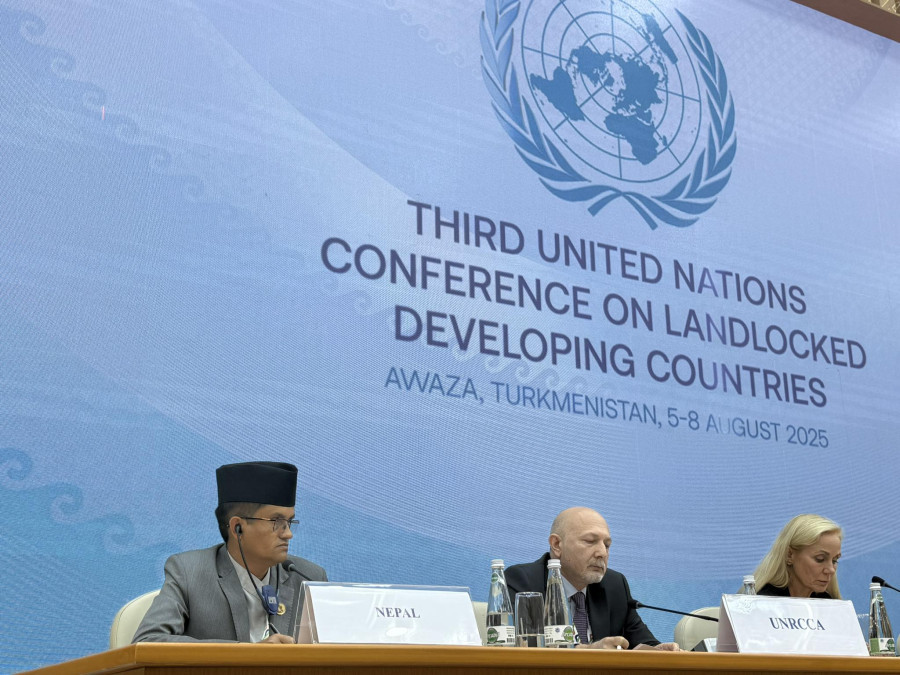
bookmark
Bishnu Pukar Shrestha
Published at : August 7, 2025
Updated at : August 7, 2025 21:46
The Third United Nations Conference on Landlocked Developing Countries (LLDC3), ongoing from August 5 to 8 in Awaza, Turkmenistan, is a landmark global event where leaders and delegates from 32 landlocked developing countries (LLDCs) have gathered. Nepal, as the current Chair of the LLDC Group, carries not only diplomatic responsibilities but also high hopes. Nepal’s unique geographic, economic and political context as a landlocked and mountainous country shapes its priorities and expectations from this important conference.
Nepal’s delegation, led by Prime Minister KP Sharma Oli, has already reached Awaza. The Secretary General of the United Nations António Guterres and other high-profile dignitaries are present at the conference.
Nepal, as the Chair of the LLDC Group, has a unique opportunity to influence outcomes—not only on behalf of other LLDCs but for its own strategic benefit. As a landlocked, mountainous country in South Asia, Nepal represents a powerful voice from the Global South and must use this forum to secure long-term gains for trade, transit, climate resilience and development financing.
Nepal expects to provide bold and transformative leadership during this landmark conference. As Chair, Nepal must lead from the front. This should be done by delivering a strong opening statement that reflects LLDC realities and aspirations, articulating a vision of global solidarity, structural transformation and inclusive development and acting as a bridge-builder between LLDCs, transit countries and development partners. Nepal’s voice should not be confined to routine declarations. It must be clear, bold and solutions-oriented.
Nepal also needs to push for strong implementation mechanisms in the Awaza Programme of Action (APoA). While the new APoA is ambitious, Nepal must ensure it doesn’t remain just another paper agreement. It must call for a clear results framework with deadlines, indicators and accountability: Nepal should advocate for annual stocktaking mechanisms, including through ECOSOC and UNGA. Nepal should push for national-level mainstreaming of the APoA into LLDC policies and budgets. It can propose a Global Support Platform for LLDC Implementation, bringing together the UN, Multilateral Development Banks (MDBs) and private sector actors.
Similarly, the landlocked Himalayan country expects to secure commitments for infrastructure, trade and digital connectivity through the programme. Nepal must highlight the urgent need for regional transport corridors (for example, Nepal-India-Bangladesh connectivity and trans-Himalayan linkages with China), digital infrastructure to reduce trade costs and improve e-commerce participation, trade facilitation support, including for border modernisation, logistics capacity and value chain development.
Connectivity is a basic need of LLDCs. Therefore, the focus should be on connecting LLDCs with sea ports and their respective geopolitical regions. Nepal’s centre of interest must be the cross-border railway connection with China and India. Nepal should seek technical assistance and public-private investment partnerships from institutions like the World Bank, AIIB, ADB and UNDP.
In addition, Nepal has to advocate for climate justice by securing climate and mountain resilience financing. It is a frontline state of the climate crisis. It should lead the call for dedicated climate finance for mountainous LLDCs and propose a Mountain LLDCs Climate Resilience Initiative under the United Nations Framework Convention on Climate Change(UNFCCC) and the SDG frameworks. For this purpose, Nepal should showcase best practices in community-led adaptation, ecosystem protection and green energy transitions.
As a mountainous LLDC severely affected by climate change, Nepal expects recognition of the special vulnerability of mountain ecosystems in global development agendas. It must therefore demand dedicated financing for climate adaptation and disaster risk reduction. It must use its moral authority to demand climate justice and access to loss and damage funds.
Moreover, the LLDC chair needs to highlight the human dimension of change, prioritising youth, women and marginalised groups. Nepal should ensure that inclusive development is not sidelined by high-level diplomacy. It must call for the institutionalisation of the Youth and Women Forums within the LLDC coordination. The country should share its experiences in Dalit inclusion, indigenous representation and social accountability tools and push for LLDC-wide indicators on gender equity, youth employment and digital inclusion. This people-first approach will align LLDC goals with the SDGs.
Equally vital is building strategic partnerships beyond the conference. Diplomacy is not just about speeches—it’s about building long-term partnerships. So, during the conference, Nepal must hold bilateral meetings with key transit and donor countries and engage with the private sector forum to attract investment in trade corridors and sustainable tourism. Coordinating with civil society, diaspora and research institutions for policy support and knowledge exchange is also necessary.
Finally, Nepal is expected to promote regional and South-South cooperation during the conference. The LLDC chair aims to strengthen partnerships with other LLDCs in Asia and beyond. It must advocate for knowledge sharing and regional production networks and position itself as a hub for LLDC knowledge and innovation exchange.
To achieve these aims, Nepal must show its presence as a real leader of LLDCs during the conference and expect the same from the delegation.
The LLDC3 conference is not just a diplomatic formality; it is a chance for Nepal to amplify its voice, secure partnerships and ensure that landlocked countries are not left behind in global development. Nepal’s expectations are rooted in the vision of building a more connected, inclusive, climate-resilient and prosperous future—for itself and all LLDCs.
Nepal’s chairmanship of the LLDC group and its active presence at LLDC3 in Awaza mark a historic opportunity. The stakes are high for Nepal’s trade and development and 32 countries seeking justice, inclusion and resilience in an increasingly unequal world.
If Nepal can speak boldly, build bridges and secure actionable outcomes, it will emerge not just as the chair of a group but as a global voice for the voiceless.
Most Read from Columns
Editor's Picks
E-PAPER | January 07, 2026
×




 15.69°C Kathmandu
15.69°C Kathmandu